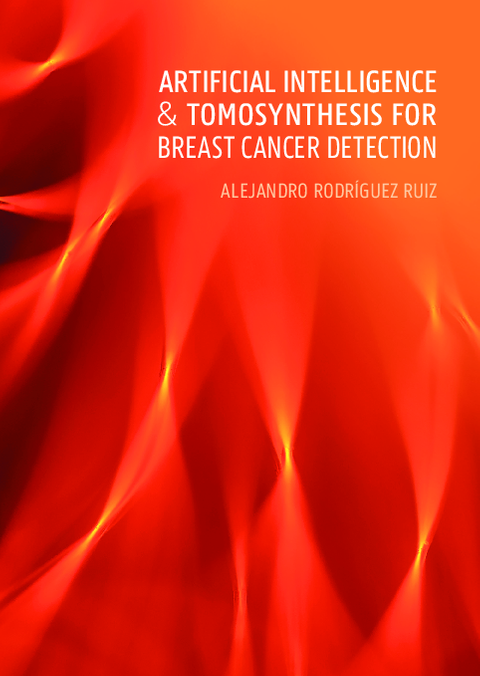Artificial intelligence & tomosynthesis for breast cancer detection
A. Ruiz
- Promotor: N. Karssemeijer
- Copromotor: I. Sechopoulos and R. Mann
- Graduation year: 2019
- Radboud University, Nijmegen
Abstract
Breast cancer is the most common cancer in women, with almost 2 million new cases diagnosed every year around the globe. However, despite important improvements in awareness, detection, diagnosis, and treatment, breast cancer is still a major cause of mortality, accounting for approximately 500,000 annual deaths worldwide. Breast cancer mortality has decreased in the past decades, primarily because of the introduction of population-based screening programs with mammography and improvements in therapy. By imaging asymptomatic women periodically, breast cancer can be detected early, improving prognosis. However, these screening programs are far from perfect. The use of mammography -a 2D technique- to image the 3D volume of the breast leads to cancers being missed and for many false positive assessments. Another issue is the current labor-intensive screening workflow, in which radiologists must assess millions of exams yearly, of which actually only less than 1% result in a cancer diagnosis. This screening process is heavily threatened by the increasing scarcity of radiologists.
